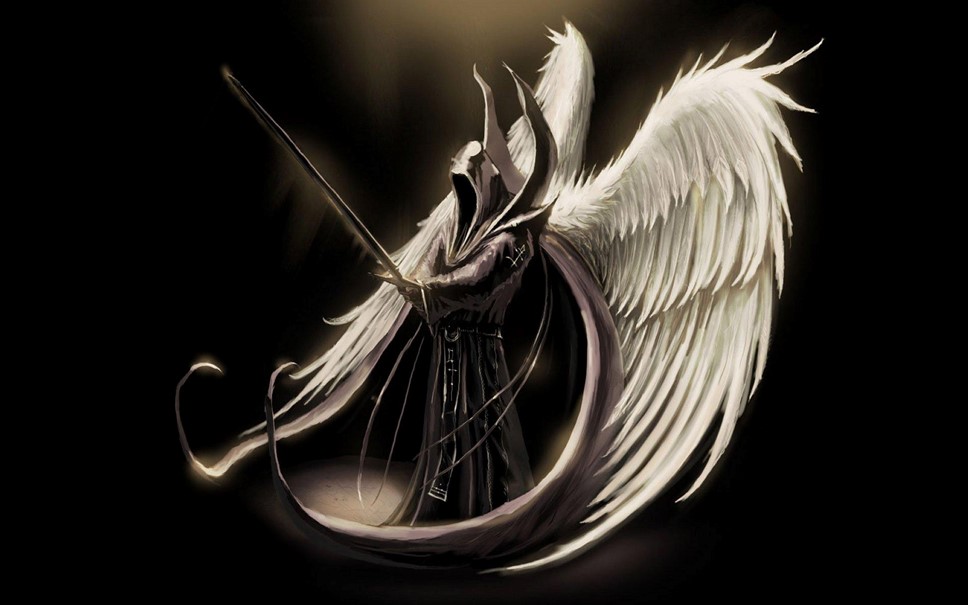Mock Funerals To Reduce Suicides
December 28, 2015 in Daily Bulletin

Stephen Evans wrote about a company that has come up with an odd strategy to bring down South Korea’s high suicide rate:
- Employees watch videos of people who have overcome adversity – such as a terminal cancer patient enjoying their last few days of life.
- They are then asked to don white robes and write farewell letters to their families.
- Then they get inside their coffins and hug a picture of themselves.
- Someone dressed as the Angel of Death (artist’s impression depicted above) then bangs the coffin shut.
- While inside employees are meant to reflect on the meaning of life and learn to appreciate it.
Read what the employees thought about this, and how this ties into wider South Korean work and study culture here.
Source: BBC
Via: Marginal Revolution









Join the Discussion! (No Signup Required)